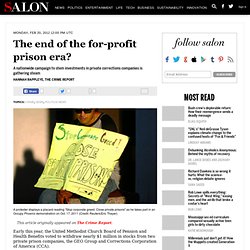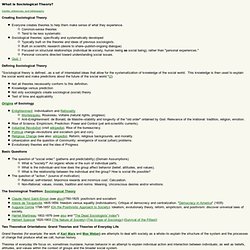

Socorro ortega-olmos
THE SEVEN STEPS OF PBL IMPLEMENTATION: TUTOR'S MANUAL. Blueprints In Health Profession Education Series |PBL Tutor's Manual4 Introduction Problem-BasedLearning(PBL)isaneducationalstrategyintroducedatMcMasterUniversity,Canadain1969.

PBLstrategyusespatient'sproblemtomotivatestudentslearning. ManyfactorsaffectthequalityofPBLandthustheacquisitionandretrievalknowledge. Amongthosefactorsare;thequalityoftheproblemconstructionandtutorBehaviour. DrMohamedElhassanAbdall, MedicalEducationUnitFacultyofMedicine–JazanUniversityJazan-KSADrAbdelrahimMutwakelGaffar, FamilyandcommunityMedicineDepartmentFacultyofMedicine–JazanUniversityJazan-KSA.
Wildwood Inquiry-Based Learning: Developing Student-Driven Questions. Defining Inquiry Inquiry-based learning, rather than presenting a set of facts, uses student inquiries, questions, interests, and curiosities to drive learning.

This level of student involvement makes the learning more relevant, encouraging students to develop their own agency and critical thinking skills. The Inspiration Wildwood was already using inquiry-based learning to some extent, but things took off for them when, in Principal Mary Beth Cunat's second year, the school put on an Inquiry Fair. The event was similar to a science fair, where students demonstrated their personal inquiries/projects and results, some of which aligned with unit content and some of which drew from their own personal interests. "All of the sudden, we see our students doing things that really matter to them, and they're excited and they're passionate, and they want to talk about what they're learning," says Cunat. It All Starts With Questions "Students are learning a process," says Cunat. On-the-Spot Support: Using the Scaffolding Technique in Your Teaching Approach. When you think about scaffolds, you probably visualize the structures used during construction to support workers and materials.

Scaffolded instruction is very similar, in that the teacher applies educational techniques to support the thought processes of the student. Teachers break lessons into smaller pieces and provide assistance to allow the student to master the material. Scaffolding offers an approach that is ideal for dissecting complicated material. Mass Incarceration and Criminal Justice in America. A prison is a trap for catching time.

Good reporting appears often about the inner life of the American prison, but the catch is that American prison life is mostly undramatic—the reported stories fail to grab us, because, for the most part, nothing happens. One day in the life of Ivan Denisovich is all you need to know about Ivan Denisovich, because the idea that anyone could live for a minute in such circumstances seems impossible; one day in the life of an American prison means much less, because the force of it is that one day typically stretches out for decades. It isn’t the horror of the time at hand but the unimaginable sameness of the time ahead that makes prisons unendurable for their inmates. The inmates on death row in Texas are called men in “timeless time,” because they alone aren’t serving time: they aren’t waiting out five years or a decade or a lifetime.
The end of the for-profit prison era? Early this year, the United Methodist Church Board of Pension and Health Benefits voted to withdraw nearly $1 million in stocks from two private prison companies, the GEO Group and Corrections Corporation of America (CCA).

The decision by the largest faith-based pension fund in the United States came in response to concerns expressed last May by the church’s immigration task force and a group of national activists. “Our board simply felt that it did not want to profit from the business of incarcerating others,” said Colette Nies, managing director of communications for the board. “Our concern was not with how the companies manage or operate their business, but with the service that the companies offer,” Nies added.
“We believe that profiting from incarceration is contrary to church values.” It was an important success for a slew of activists across the country who are pushing investors and institutions to divest from the private prison industry. Profit Windfall Does Profit Drive Policy? The Universal Declaration of Human Rights. Functionalism, Marxist Theory, Power Elite Theory, & Symbolic Interactionism. Packer - Two Models of the Criminal Process. What is Sociological Theory? What is Sociological Theory?

Credits, references, and bibliography Creating Sociological Theory Everyone creates theories to help them make sense of what they experience. Common-sense theories Tend to be less systematic Sociological theories: specifically and systematically developed Typically built on the theories and ideas of previous sociologists. Built on scientific research (desire to share--publish-ongoing dialogue) Focused on structural relationships (individual in society, human being as social being), rather than "personal experiences.
" Sociological Theories To Explain Deviance. (Note: the title of "labeling theory" can be a bit misleading, so be careful here.

Labeling theorists do not like labels, okay? But they say that labeling is a social fact, especially when we talk about social institutions like law enforcement, social service agencies, and mental health facilities. So therefore they study the power of labels in our society). Also note that this theory combines two theoretical perspectives--conflict theory and symbolic interactionism. You should be able to explain what that last sentence means, okay? -- the theory explains deviance as a social process whereby some people are able to define others as deviant. CIMG0154.